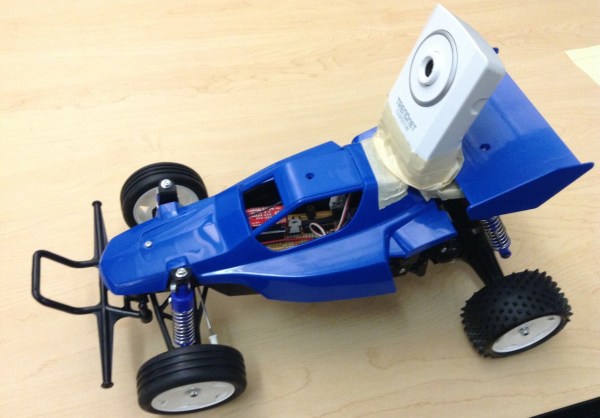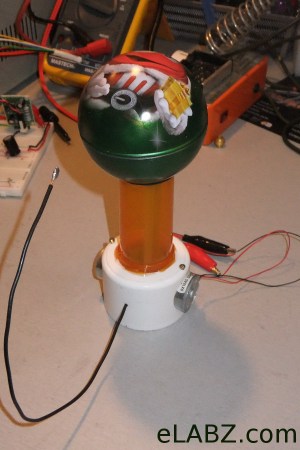
The team over at Waterloo Labs reasserts their reputation for creativity with this real life Mario Kart project. One of the team members must work at Austin’s Park because they seem to have had free rein when it comes to modifying the go-karts and filming the delightful video presentation found after the break.
It’s one thing to put on some costumes and head off to the go-kart track. It’s another to modify the vehicles to react to items launched by another rider. You can see the painted PVC launcher hardware to the right of each driver. By stuffing a plush item (banana, star, mushroom, etc.) in the barrel the driver can use compressed air to launch it quite a distance. Inside of each item is an RFID tag. When the RFID reader on a kart detects the tag it can take control of the steering, brake pedal, or speed limiter to inflict the appropriate actions.
If you don’t have this kind of insider access to your local go-kart track don’t fret. You just need to build your own set of karts.
Continue reading “Real Life Mario Karts React To Launchable Items”
















